White coffee is a specialty drink that you might never come across if you’re not an avid coffee connoisseur. What is white coffee?
It’s not a latte, cappuccino or macchiato, or any other kind of espresso shot with milk; it’s a lightly roasted coffee bean with a nutty flavor and unusual color!
Get ready. It’s becoming widespread, especially with health and fitness fanatics. So get your facts on it so you’d be ready for your first cup!
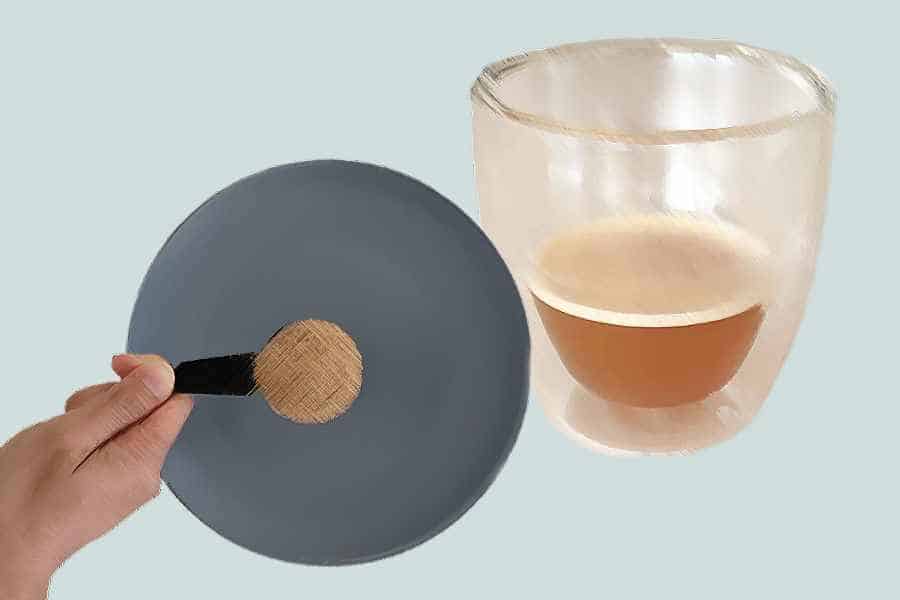
Topics Explored
- What is White Coffee?
- How is it Made?
- What Does it Taste Like?
- Varieties Across the World
- Pros and Cons of White Coffee
- More Questions
What is White Coffee?
There are many variations on it is exactly, so we can’t form one clear definition. We’ll discuss the version that’s gaining popularity in North America.
White coffee is coffee made from beans that are roasted at a temperature 100°F lower than regular coffee beans and at half the time. But don’t confuse it with light roast coffee!
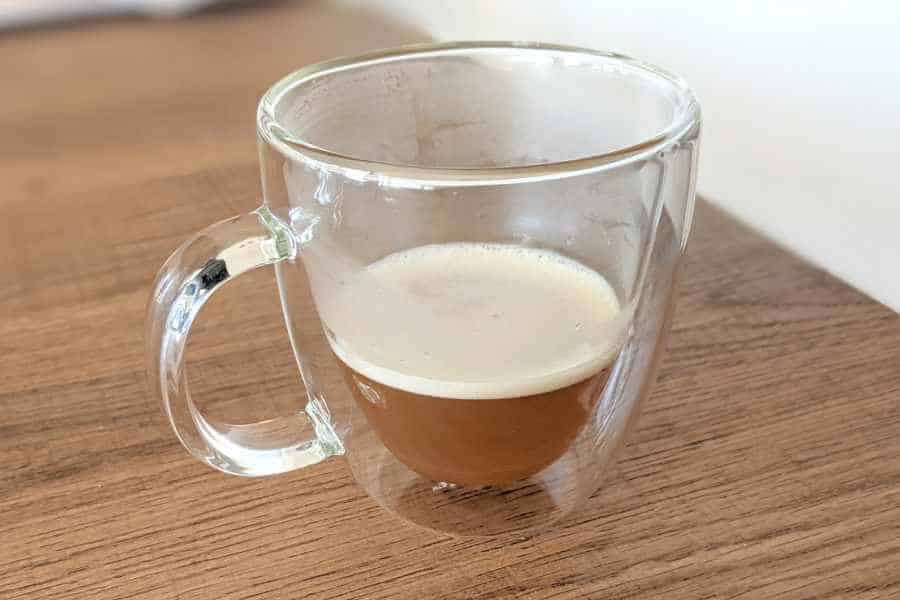
The beginnings of this specialty coffee date a century ago when people found out that partially roasting low-grade beans turns them pale yellow and improves their taste.
But finding the right roasting time and temperature that releases the nutty flavor is a challenging process that took a lot of time to develop.
How White Coffee is Made Now
The exact roasting it’s guarded by roasters. Generally, white coffee is a result of roasting the coffee beans at 325°F for half the time. It mainly depends on the bean and batch size.
The process is stopped before the first crack, so expect only a very light Maillard reaction. On the roasting spectrum, it ranks just under the light roast.

Grinding under roasted beans is done using industrial grinders. They’re dense, so home grinders might not be up to the task, get damaged, or break.
The quality of the green beans is essential as the flavors come through with roasting; the process can’t mask bad quality beans. Some roasters recommend using single-origin beans as the flavor shines out more that way.
What Does White Coffee Taste Like?
There are divided opinions on whether it tastes better. Most consumers describe it as toasty, bready, and even earthy. Acidity is more apparent than in regular coffee, and it leaves a slightly tangy aftertaste.

Don’t expect the typical characteristics of fully roasted coffee; white coffee is bright and light-bodied. Those who want a more balanced brew opt to blend white and regular coffee beans.
| White Coffee Profile |
|---|
| Roasting Process – Roasted at 325°F – Half the typical roasting time – Stopped before first crack |
| Taste Sweet, nutty, floral, or hay-like |
| Appearance Honey blonde in color. Not actually white! |
| Consumed as is or with spices |
Varieties of White Coffee Around the World
Here’s the catch – ordering a bag of these beans doesn’t always get you a typical pack of plain coffee grinds. And asking for a cup of this special brew around the world may get you something different each time. Learn what is white coffee in different countries and regions.
Coffee with Hawaij (Yemen)
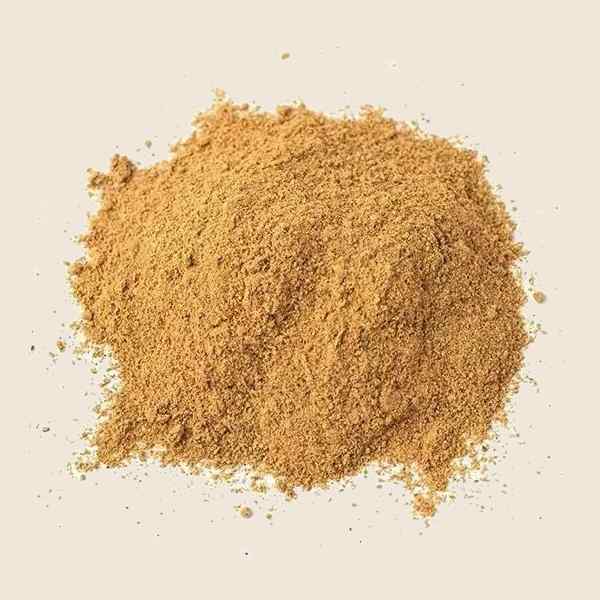
Yemeni white coffee is slightly roasted coffee beans mixed with roasted grains like corn, wheat, or sesame seeds and Hawaij.
Hawaij is a Yemenite spice mix containing ginger, cinnamon, cardamom, and cloves. The most common recipe calls for 1 cup of coffee beans, 1 cup of sesame seeds, 1/2 cup corn, and 2 tablespoons of Hawaij spice.
To prepare the coffee, steep one tablespoon of the mixture until the sesame seed float on top.
Ipoh White Coffee (Malaysia)

Ipoh White Coffee originates from Ipoh, a former tin mining town in Malaysia. It’s made by roasting green coffee beans with margarine, giving it a caramelized flavor and resulting in a less dark roast.
It’s brewed as usual and served with condensed milk. It’s also available in an instant version and commonly consumed for breakfast. It’s so popular that tourists are often confused thinking the beverage comes from a special type of coffee beans.
Flat White (Australia & New Zealand)

The flat white is a coffee menu staple in Australia and New Zealand. The origin is debatable, as both countries claim it originated there in the 1980s.
It’s made with a double shot of espresso and topped with hot, textured milk. It’s brewed with regular coffee, but the white comes from the milk content. Flat white is popular as it’s a middle ground between espresso and latte in strength.
Coffee with Milk (UK)
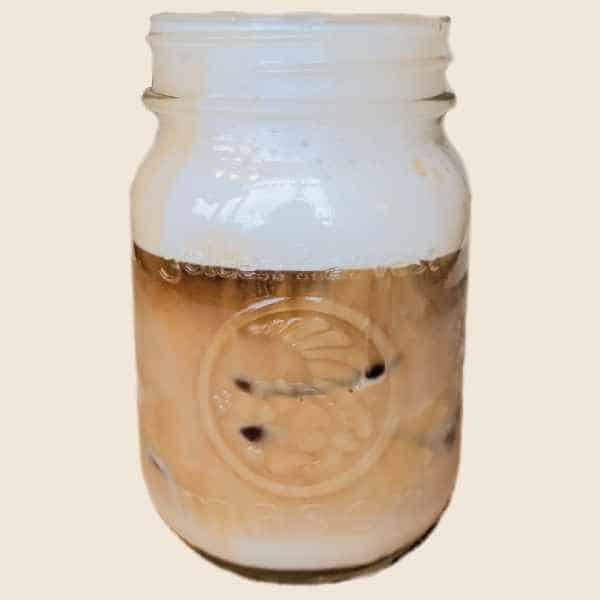
White coffee in the UK is not a specialty drink. Instead, it is just a cup of a regularly brewed cup of filter or instant coffee topped with a dash of cold milk or cream.
This type of preparation is known as office coffee since it’s simple to do and doesn’t require much equipment. There are also variations with hot milk or half and half.
Pros and Cons of White Coffee
If you’re already looking forward to tasting your first cup, you’d be happy to know that it has some hidden health benefits along with the great flavor. However, there are some not-so-great sides you should be aware of too.
Pros
- More antioxidants retained
- More caffeine content
Cons
- May induce stomach acid
- May contain trace chemicals
White Coffee Health Benefits
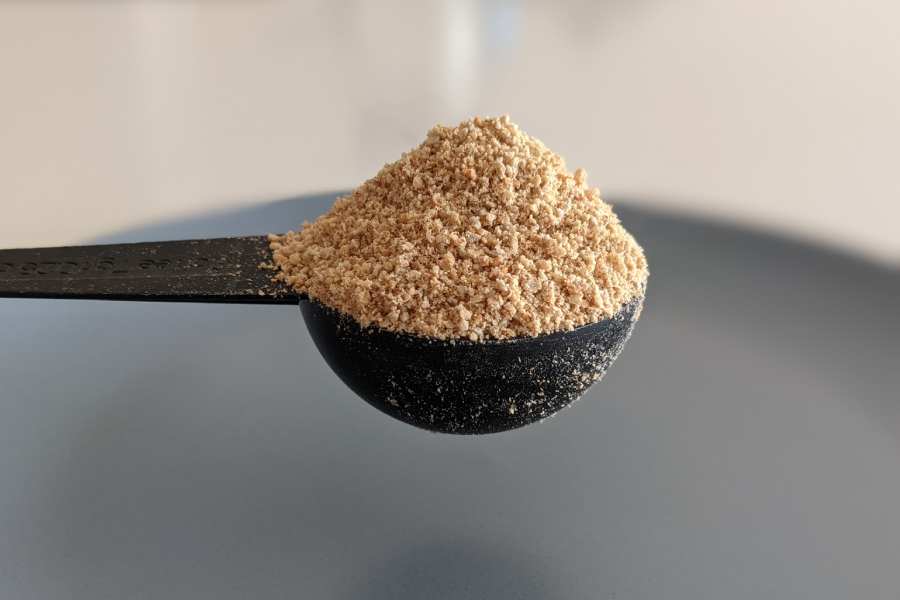
1. Chlorogenic Acids
Chlorogenic acid is a polyphenol compound found in coffee beans and brewed coffee. They’re beneficial in the fight against diabetes, as they lower blood glucose concentration and help wound-healing, cataracts, and lipid metabolism.
However, they break down during long roasting. But light roasts (roasted for 5 to 6 minutes) retain around 47% of their chlorogenic acids(1).
2. Contains More Caffeine
Coffee loses a portion of its caffeine content the more you roast it, so there’s a myth that white coffee has up to 70% more caffeine due to the short roast time.
In reality, it contains only 5.4% more caffeine than medium and dark roasts. While you can barely taste this amount of difference in caffeine, it is still an excellent choice for boosting your caffeine intake.
White Coffee Cons
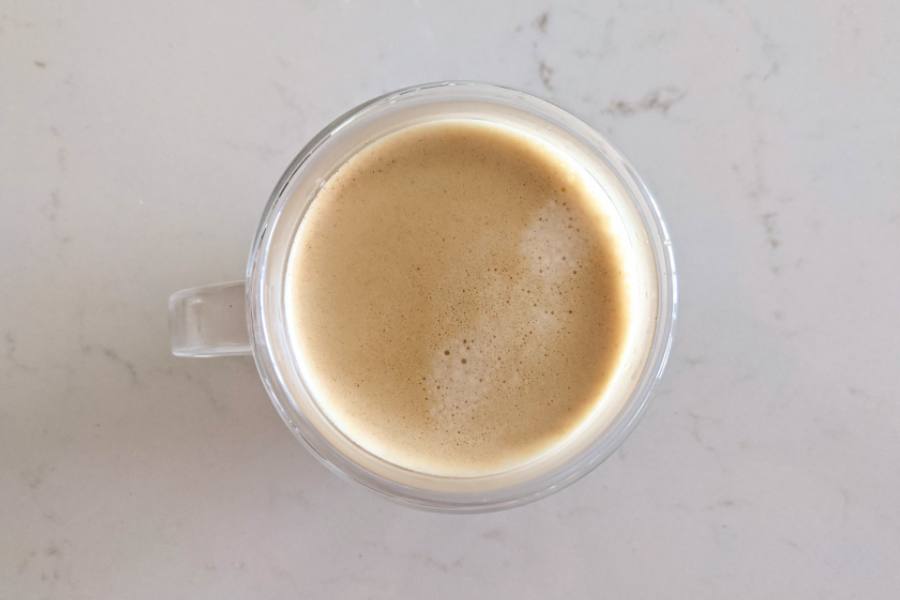
1. Harder on the Stomach
People tend to believe that less processed foods and drinks are better, but it’s different when it comes to coffee roasting. Research has shown that roasting coffee creates a compound that aids in lowering the production of stomach acid(2).
Darker roasts have higher antacid powers. On the other hand, white coffee has a high acid content and can be harder on those with GERD.
2. Trace Chemicals
Longer roasting and higher temperature don’t only affect the taste of coffee. The longer the coffee beans are exposed to heat, any residue of pesticides, herbicides, and fertilizers gets removed.
In white coffee, the roasting time is not as long, so there can be leftover traces of harmful chemicals.
Summary
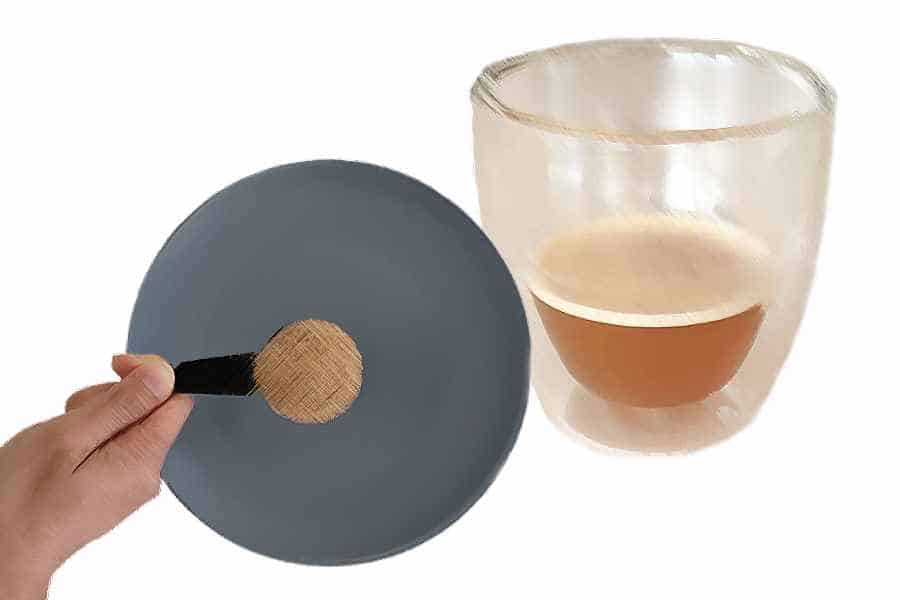
So, what is white coffee? Despite the rise in popularity, it is still hard to find in cafes. You can try your luck in specialty health stores or get pre-ground packs of it online.
However, this particular brew is for a very discerning palate. It’s not an everyday type of coffee that you can brew in a minute, but something that requires a little more attention to detail.
More Questions
Why is it called White Coffee?
White coffee is not a cup of plain white brew. It got the name because it’s the lightest roast in the spectrum.
It comes from regular coffee beans, but the roasting time is short, and the temperature is lower, so the bean doesn’t turn brown but very light beige.
Is White Coffee strong?
It has a higher caffeine content than darker roasts, so you can mark it as stronger. However, it has barely 5% more caffeine than regular roasts, which the typical consumer can’t sense in the taste, and it won’t have a significant effect, like a more pungent taste.
Wondering where your info comes from? We totally understand. Hey Joe only obtains our information from reputable sources. Contents from this article are sourced from the following publications:
- Specialty Coffee Association: https://scanews.coffee/2014/07/11/coffee-roasting-chemistry-chlorogenic-acids/
- Wired.com: https://www.wired.com/2010/03/why-dark-coffee-is-easier-on-your-stomach/

